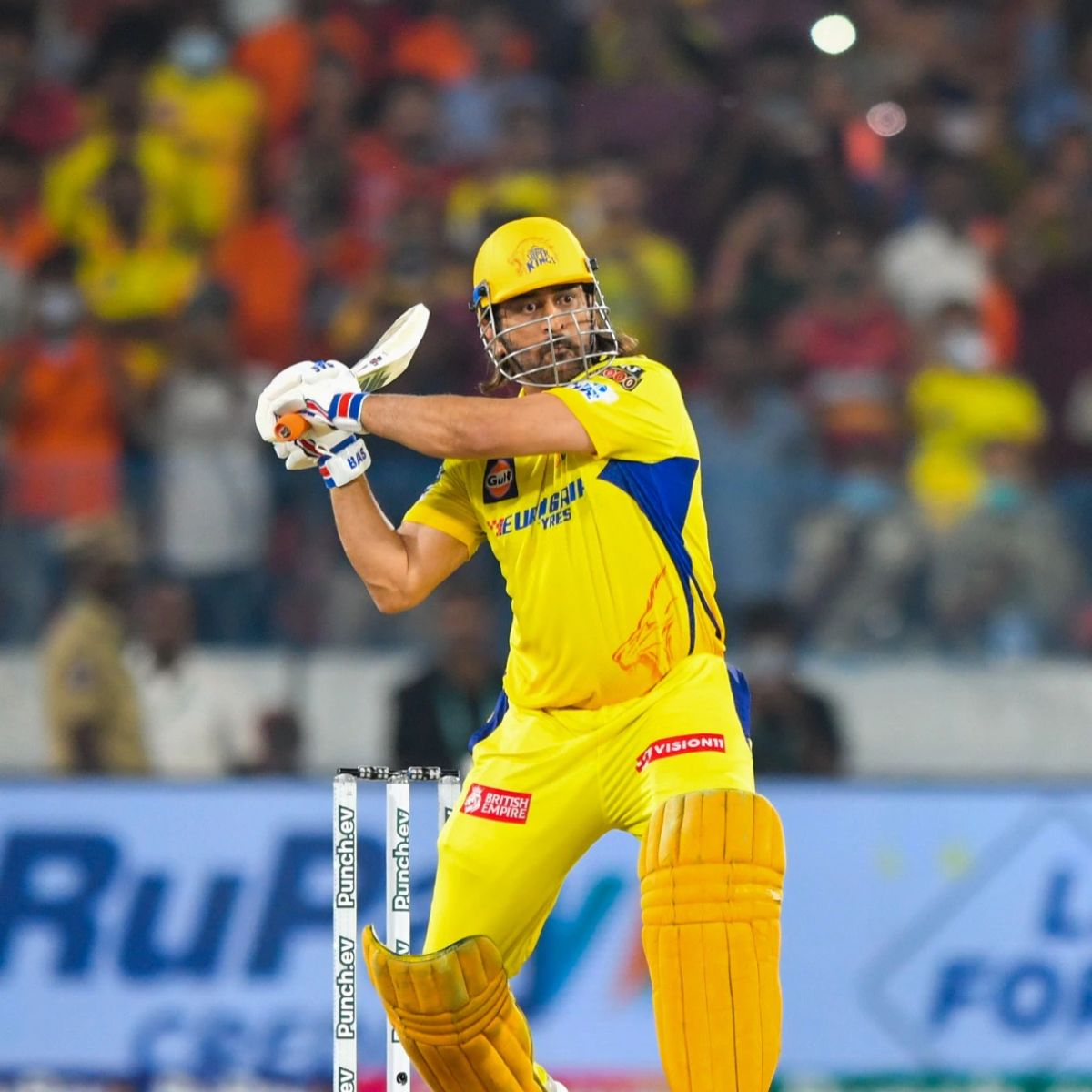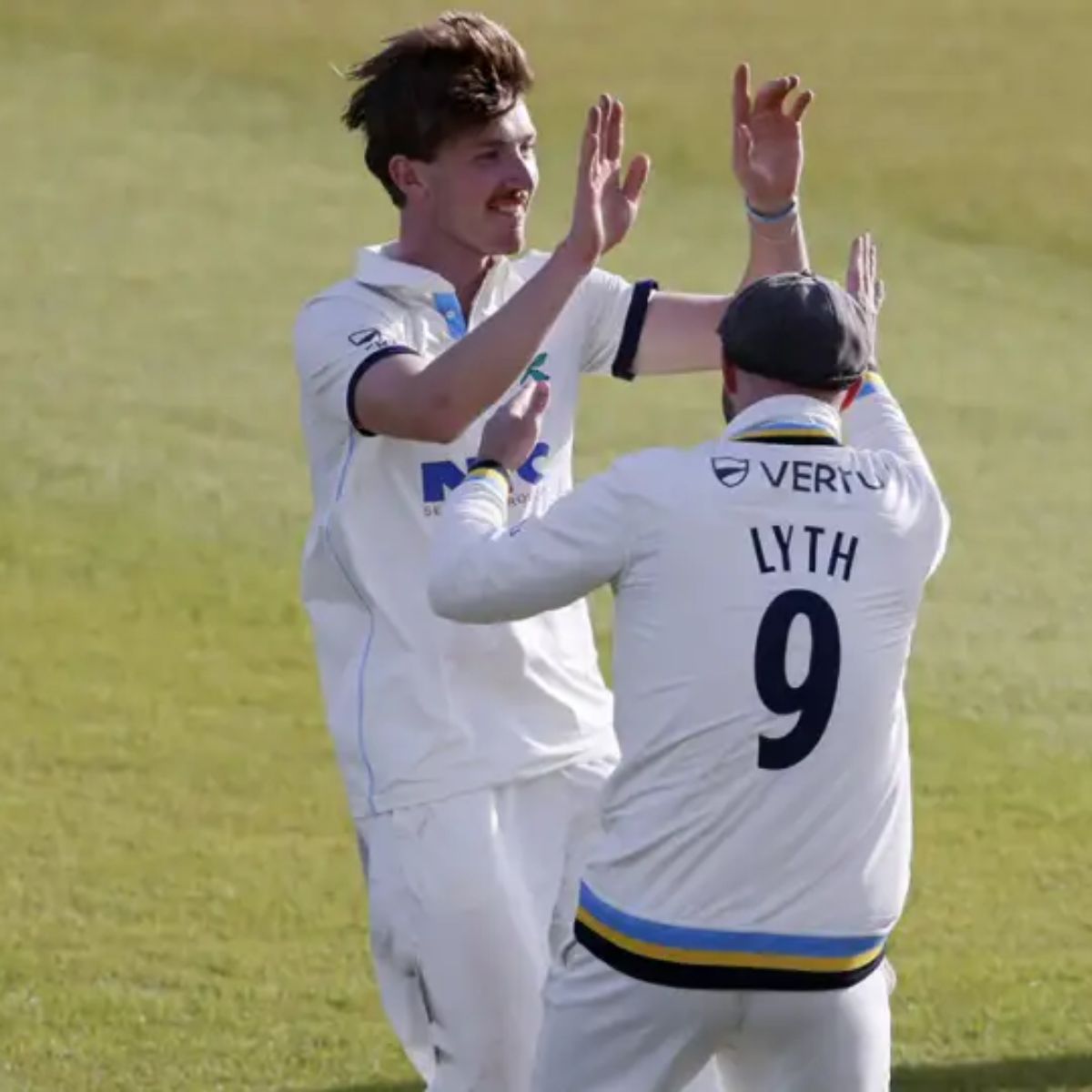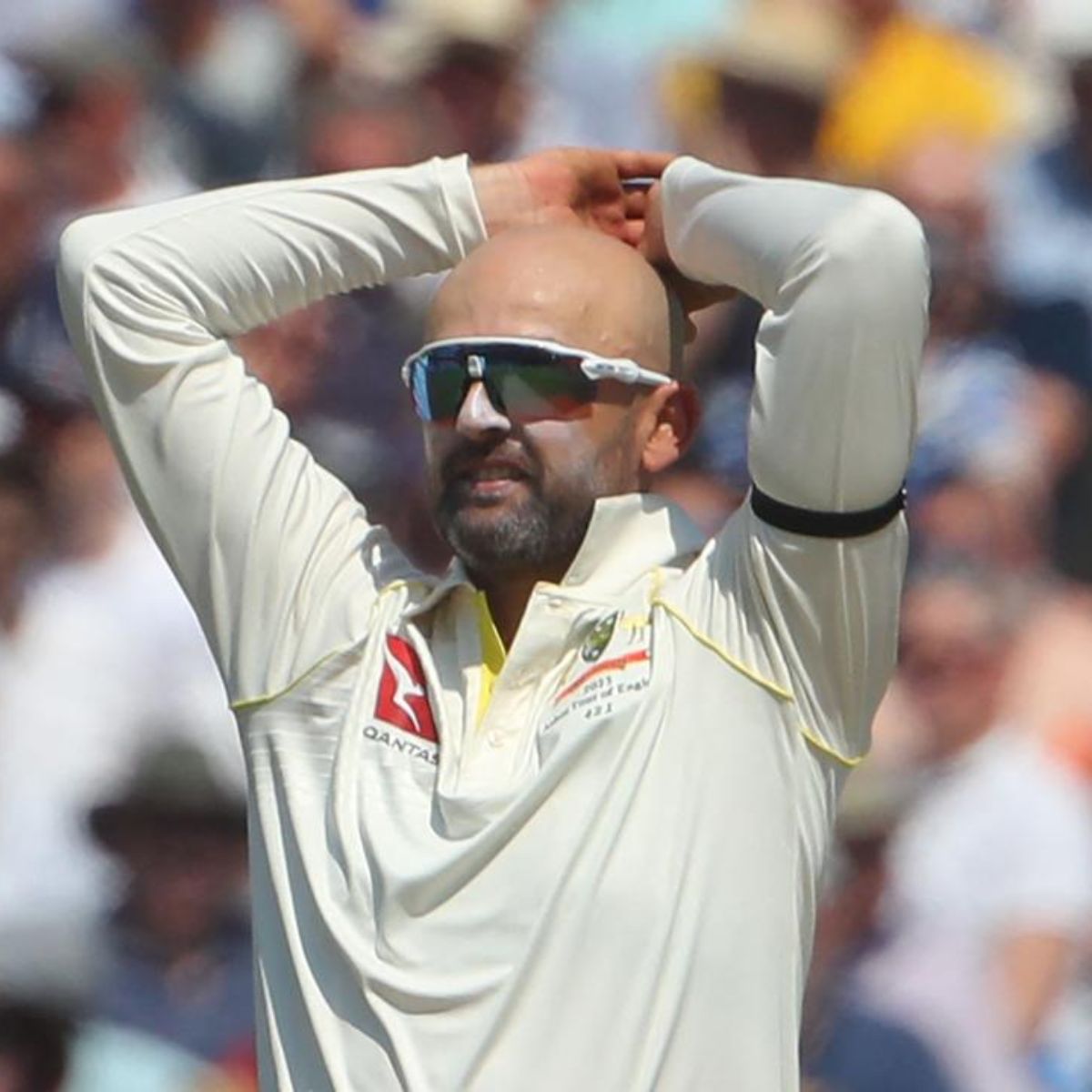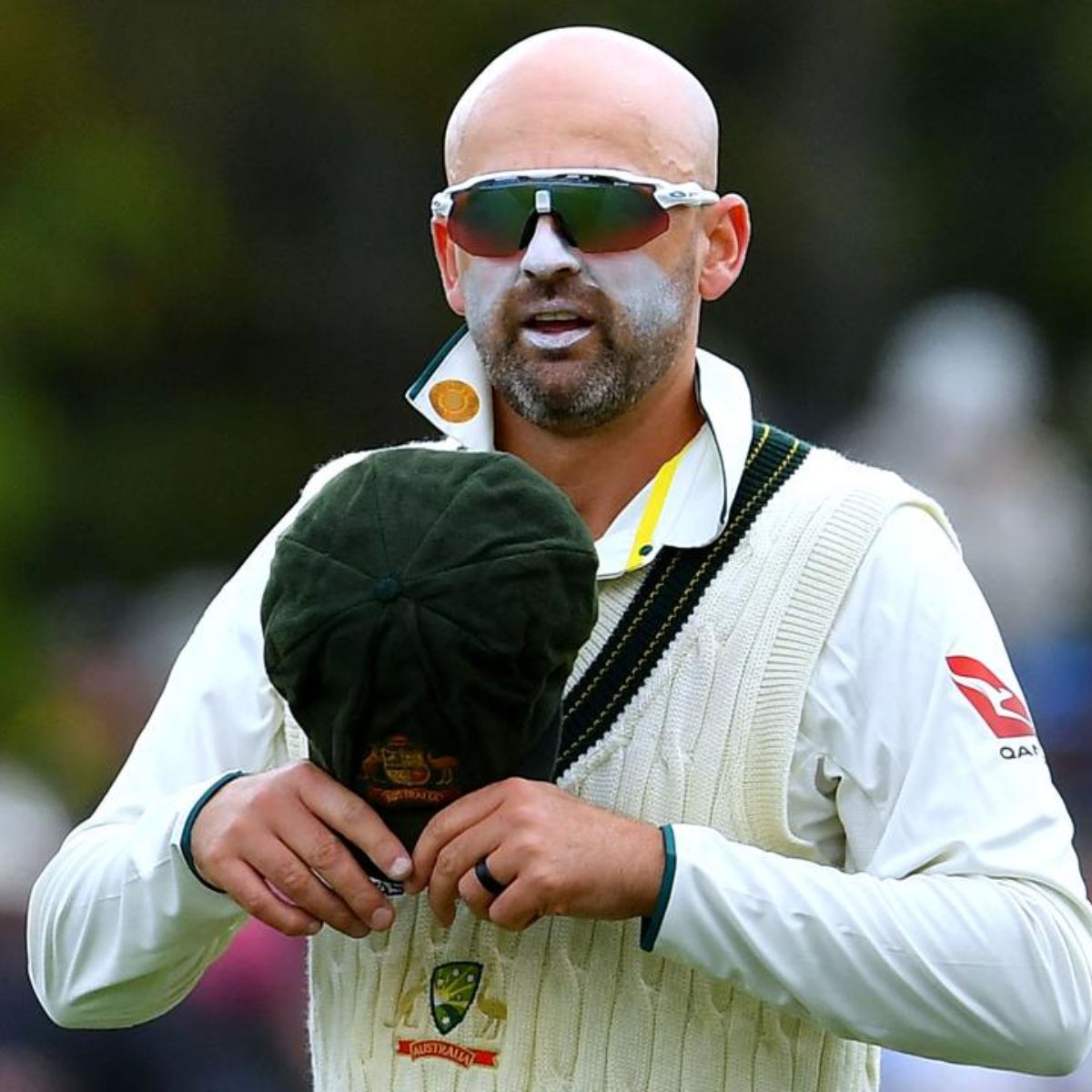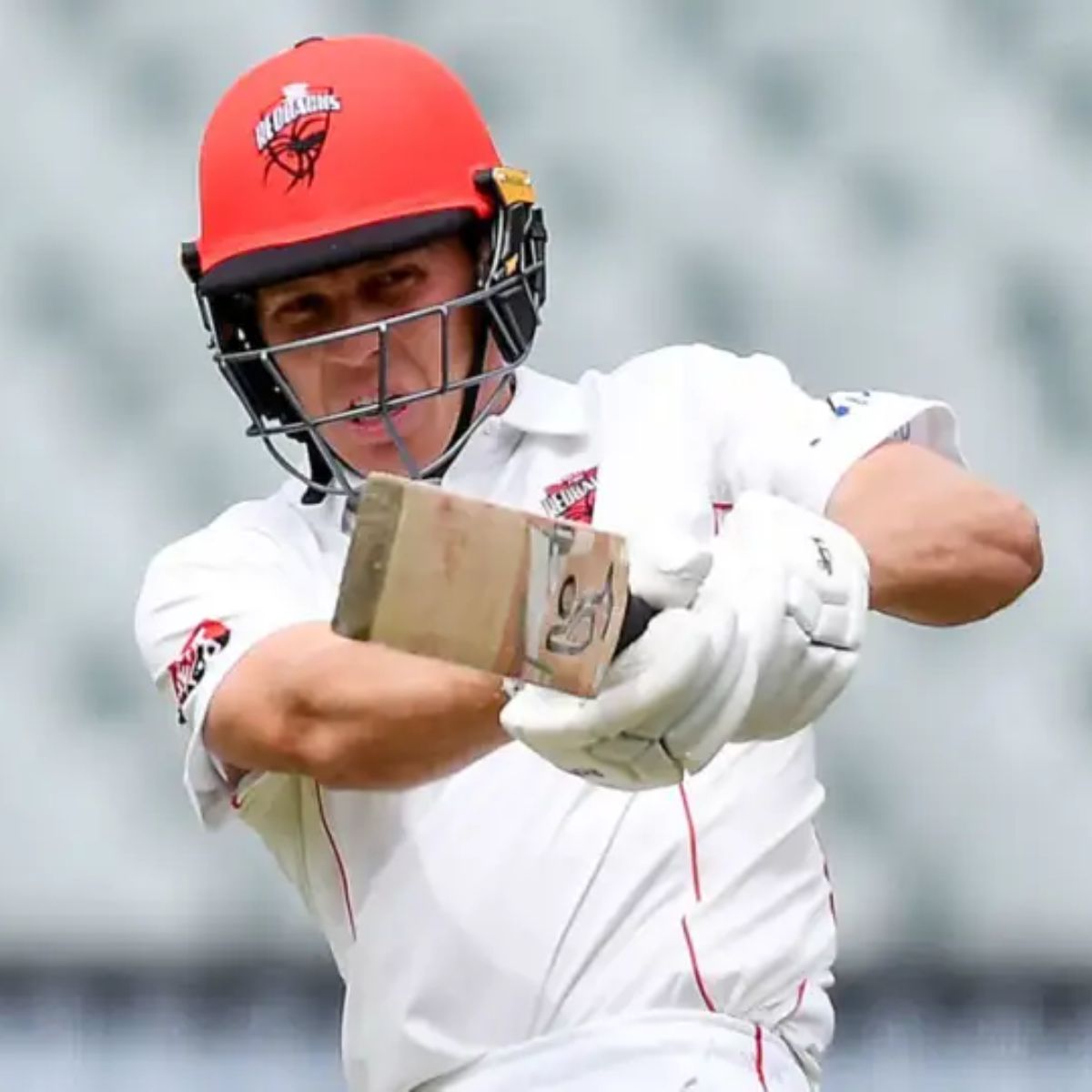The Boston Red Sox didn’t have the offseason many expected they would. After the dreaded words “full throttle” were spoken by team chairman Tom Werner, the baseball world expected the Red Sox to do anything and everything to make the team better.
Needless to say, that didn’t happen.
Reporters, fans and players have been perplexed by Boston’s choices this offseason. And when examined along with the rest of the American League East, the most competitive division in baseball by a long shot, the moves and the acquisitions they didn’t make are even more confounding.
Other teams pulled the trigger on decisions the Red Sox easily could’ve made themselves. The ownership group has plenty of money and could’ve spent as they pleased (yes, even on Shohei Ohtani’s $700 million contract, if they really wanted to). They also have a farm system flush with quality talent for the first time in years but refused to make any compelling trades.
There have been a lot of mistakes made in Boston’s front office this offseason, but there are a few that really set the Sox back from the rest of the competition. The Red Sox are not a first-place team in the AL East no matter what, but these moves didn’t help the already-grim matters.
4 offseason moves that hurt Red Sox the most heading into 2024
Dodgers signing Yoshinobu Yamamoto
It needs to be said that Yoshinobu Yamamoto was probably going to be a Dodger no matter what. But signing him truly seems like it was the Red Sox’s only plan this offseason.
This is where Werner’s “full throttle” promise comes in — what he meant to say was, “The Red Sox will go all-in for Yamamoto and no one else.” Werner believed Boston was in the mix for Yamamoto’s signature. But after many of the team’s offers to other players were released over the course of the offseason, it became clear that the Red Sox were lowballing almost everyone they took an interest in.
There were rumors that Boston offered Yamamoto more than $300 million, but they were later refuted. The front office never revealed its offer to the young phenom, which leads fans to the conclusion they made an uncompetitive one, like so many others this winter.
Yamamoto is a highly-touted asset and he shouldn’t have been Boston’s only plan. After making the statements Werner made, it’s shocking that the organization wasn’t good and ready with a backup plan after predictably missing out on the star pitcher.
The Yankees trading for Juan Soto
Even before the Red Sox stalled and sputtered after the Yamamoto signing, they were falling behind even further in the AL East. For the last few weeks of the 2023 season, Boston and the Yankees were in a race for fourth place. The Yankees ended up winning the race, and their second big move of the coming offseason (yes, after the Alex Verdugo trade) set them apart immediately.
New York shipped five players off to San Diego in exchange for one year of Juan Soto’s services (and two years of Trent Grisham). Soto and 2022 AL MVP Aaron Judge batting back-to-back in the same lineup will be borderline cruel to pitchers.
Not only has the Red Sox’s offense not improved to compete with the numbers the Yankees are sure to be posting, but they haven’t improved the rotation at all. Can any pitcher on Boston’s roster handle a back-to-back showdown with Judge and Soto?
The Red Sox will play the Yankees 13 times this season. As the teams in the division improve at a faster rate, the Sox will be pushed further and further to the bottom, and they’ve already been at the bottom in three of the last four years.
Orioles trading for Corbin Burnes
The Orioles’ acquisition of Corbin Burnes was arguably the most shocking moment of the offseason. Just days after the sale of the team was announced, Baltimore awoke out of nowhere to nab Burnes from the Brewers for an astonishingly favorable price.
The Orioles have the best farm system in MLB and used it to their advantage in more ways than one. Adley Rutschman, Gunnar Henderson and Jackson Holliday would’ve created enough trouble for the Red Sox on their own, but adding Burnes by trading prospects puts the nail in Boston’s coffin. With the addition of an ace, the Orioles’ roster has everything it needs to compete at the highest level.
Like Baltimore, Boston has a quality farm system with an excess of young position player talent. But unlike Baltimore in the Burnes trade, Boston has shown a reluctance to use its prospects to help the current team. The Red Sox’s futuristic mindset is holding them in the basement and in the past while every team around them improves.
The talent in the Red Sox’s prospect pool could afford to be shuffled around. Boston has many highly touted prospects at its disposal and it could’ve swung a trade for Dylan Cease or Burnes to fix its rotational woes, especially if the Brewers were willing to accept the bargain Baltimore presented them.
Letting Justin Turner walk to division-rival Blue Jays
Justin Turner was a fan-favorite Red Sox from the moment he put on the uniform. He played well with the Sox and his impact was palpable around the city of Boston. But Turner opted out of the second year of his contract with the club.
The veteran wanted to return to Boston, and he made it clear. He stated in interviews that he loved the city and the fans. He spoke with Craig Breslow just after he was hired and expressed his desire to play in Boston. Despite knowing that the Red Sox would be at the bottom of the barrel yet again, Turner was committed to the team. The front office turned its back on him.
The Blue Jays signed Turner and found a consistent bat that they desperately needed. He doesn’t improve the Jays’ roster by a lot, but the Red Sox letting him walk after he expressed his desire to play in Boston further damaged the front office’s reputation, and nobody was sure that was possible at that moment. Because if they weren’t willing to give Turner ~$15 million, then what were they willing to do?
